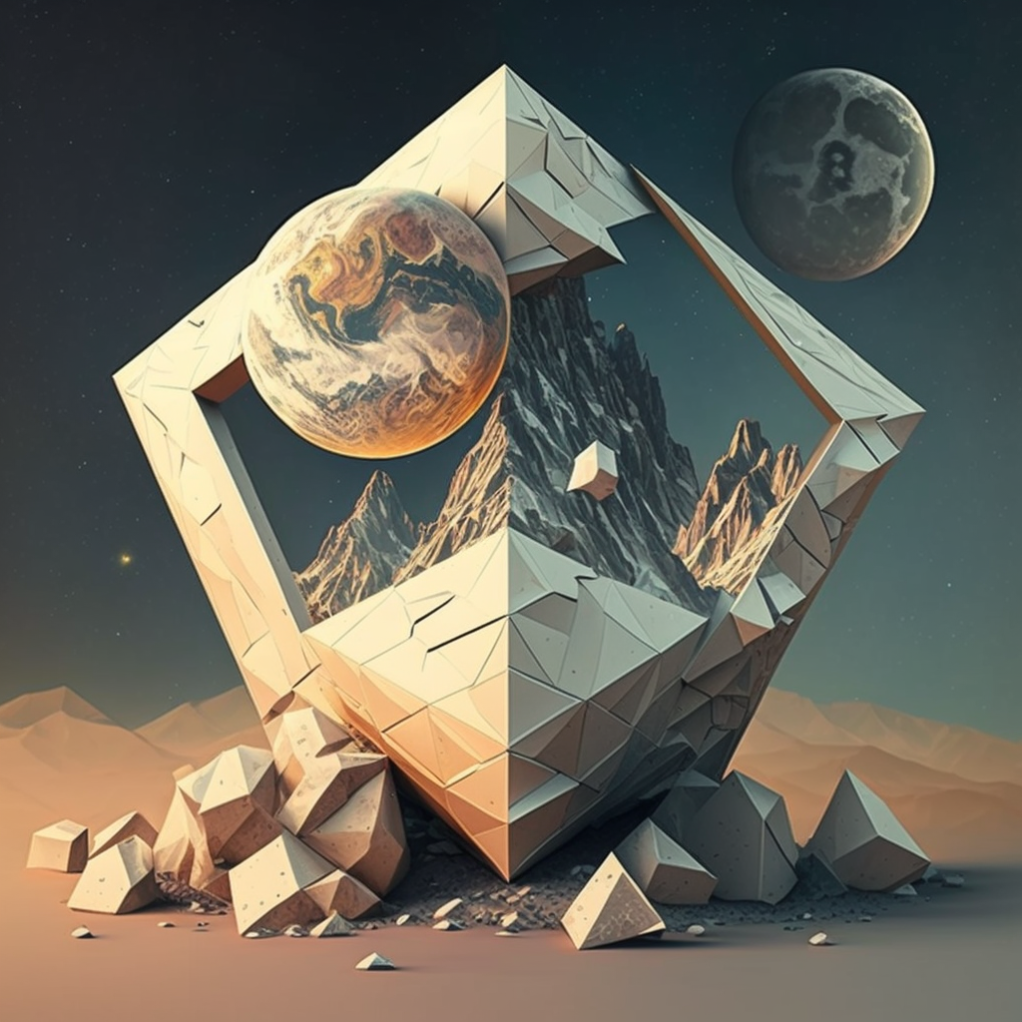The moon has fascinated humans for as long as we have existed. Our ancestors looked up at the sky and wondered what this bright object in the night sky was, and what it meant for our lives. Throughout history, the moon has played a significant role in many cultures, religions, and scientific pursuits.
What did the moon represent to us during all our existence?
To early humans, the moon was a source of mystery and wonder. Many cultures saw the moon as a powerful deity, a symbol of femininity and fertility, and a source of light and guidance during the dark nights. The ancient Greeks believed that the goddess Selene drove a chariot across the sky, while the Egyptians saw the moon as a symbol of the god Thoth and linked it to the afterlife. In many Native American cultures, the moon was seen as a protector of women and a source of wisdom.
In addition to its symbolic importance, the moon has also played a practical role in human life. Its cycles have helped us track time, and its gravitational pull affects the tides and even animal behavior. The moon has also been the focus of scientific study, with astronomers studying its surface and composition to learn more about the origins of our solar system.
What did man tough about the moon?
Throughout history, humans have had many different beliefs and ideas about the moon. Some saw it as a divine being, while others saw it as a natural object with scientific properties. In the early days of human history, people believed that the moon was a flat disc that moved across the sky. Over time, as scientific knowledge grew, we learned more about the moon's true nature.
One of the most significant discoveries about the moon came in the 20th century, when humans first landed on its surface. The Apollo missions of the 1960s and 1970s gave us our first close-up view of the moon, revealing a barren landscape marked by craters and dust. These missions also provided valuable scientific data about the moon's composition and history, helping us understand more about the formation of the solar system.
What are the resources that we can explore on the moon?
As technology advances, there is growing interest in exploring the moon for its potential resources. One of the most significant resources on the moon is helium-3, a rare isotope that could potentially be used in nuclear fusion reactors. Other resources on the moon include water ice, which could be used to support future lunar missions, and rare metals like gold and platinum.
In addition to its potential resources, the moon is also seen as a potential site for future human exploration and even colonization. With no atmosphere and lower gravity than Earth, the moon presents unique challenges and opportunities for human settlement. Some scientists believe that a permanent lunar base could serve as a stepping stone for further exploration of the solar system.
Despite its importance to human history and its potential as a scientific and commercial resource, the moon remains a source of mystery and wonder. As we continue to explore and study this fascinating object, we may yet uncover new insights into our origins and the universe around us.
